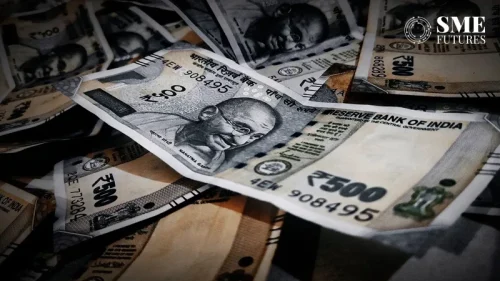As per news reports, a committee appointed by the Centre has suggested two sets of minimum daily wage. They are suggested to be based on balanced diet and are higher than the prevalent rate, for any kind of work.
In fact, reports say that the committee has suggested that the minimum wage should not be less than ₹ 375 for work done for the government, private companies and individuals. According to the reports, the panel has also recommended five slabs of wages based on region, with the amounts varying between ₹ 342 and ₹ 447. (Rates are based on July 2018 prices) The committee has also recommended revision of the minimum wage every six months.
Currently, a centre notified minimum floor level wage of ₹ 176 is in place though it is not binding on the states. The state of West Bengal has a minimum wage of ₹ 211. The suggestions of the committee headed by Anoop Satpathy, have been uploaded on the ministry website for public feedback.
It is likely that the final take will be taken by the Centre in consultation with Central Advisory Board on Wages, headed by the Union labour minister, state governments, trade unions and employers. If the suggestions of the committee are accepted, almost all states will have to increase minimum wage rates.
According to reports, the expert committee has prescribed a method of expenditure based on balanced diet. In the non-food category, the committee has included expenses incurred on entertainment and conveyance. In fact, the Labour Ministry began working on the national minimum wage, keeping in with the Code on Wages Bill introduced in the Parliament in August 2017. As per the Minimum Wages Act, 1948, the states have the power to decide their minimum wage rates. However, the law does not define on what basis and at which level the minimum wage should be fixed.
News reports surface that, the Indian Labour Conference of 1957 had issued a formula, based on the consumption-expenditure for fixing minimum wage. The formula included the money spent by people on food required to meet a specified level of calories, and certain expenses on non-food items. Although, most states did not follow the formula. Thereby, a wide variation in minimum wage rates for the same work is prevalent. In fact, the India Wage Report published by the ILO last year found that the wage rates of many states were below the minimum floor-level rate.
Reports say that the Anoop Satpathy committee has suggested a formula based on balanced diet that factors in a minimum threshold of calories, proteins and fat for the wage-earner. In fact, it has suggested that the requirements should include 50 grams of protein and 30 grams of fat a day. Moreover, it has also included other expenditures such as clothing, fuel, medical care, electricity, house rent, education and transport.
According to news reports, N.K. Sahu, a retired Indian Economic Service officer said,“I welcome this formula. For a long time, weather for deciding poverty level or for minimum wage, we have been using consumption expenditure plus a few non-food items. The consumption expenditure did not look at the composition of the food. This formula of balanced diet should ensure better wage and dignity to workers,” he concluded.










